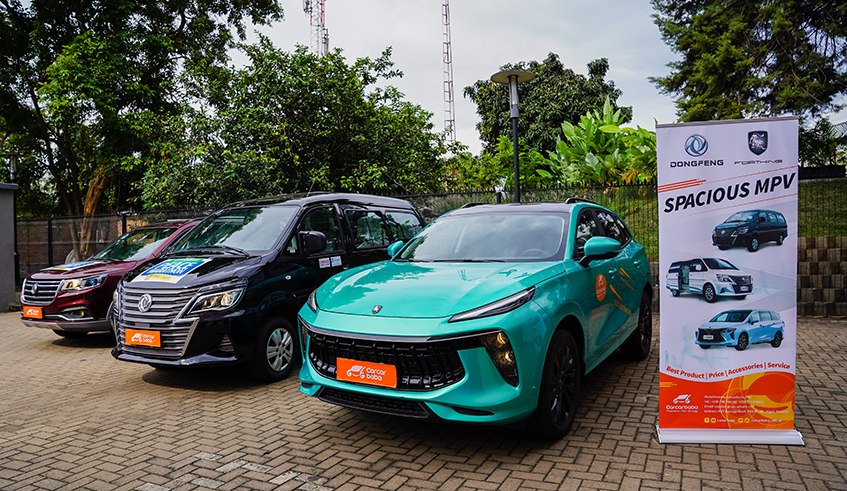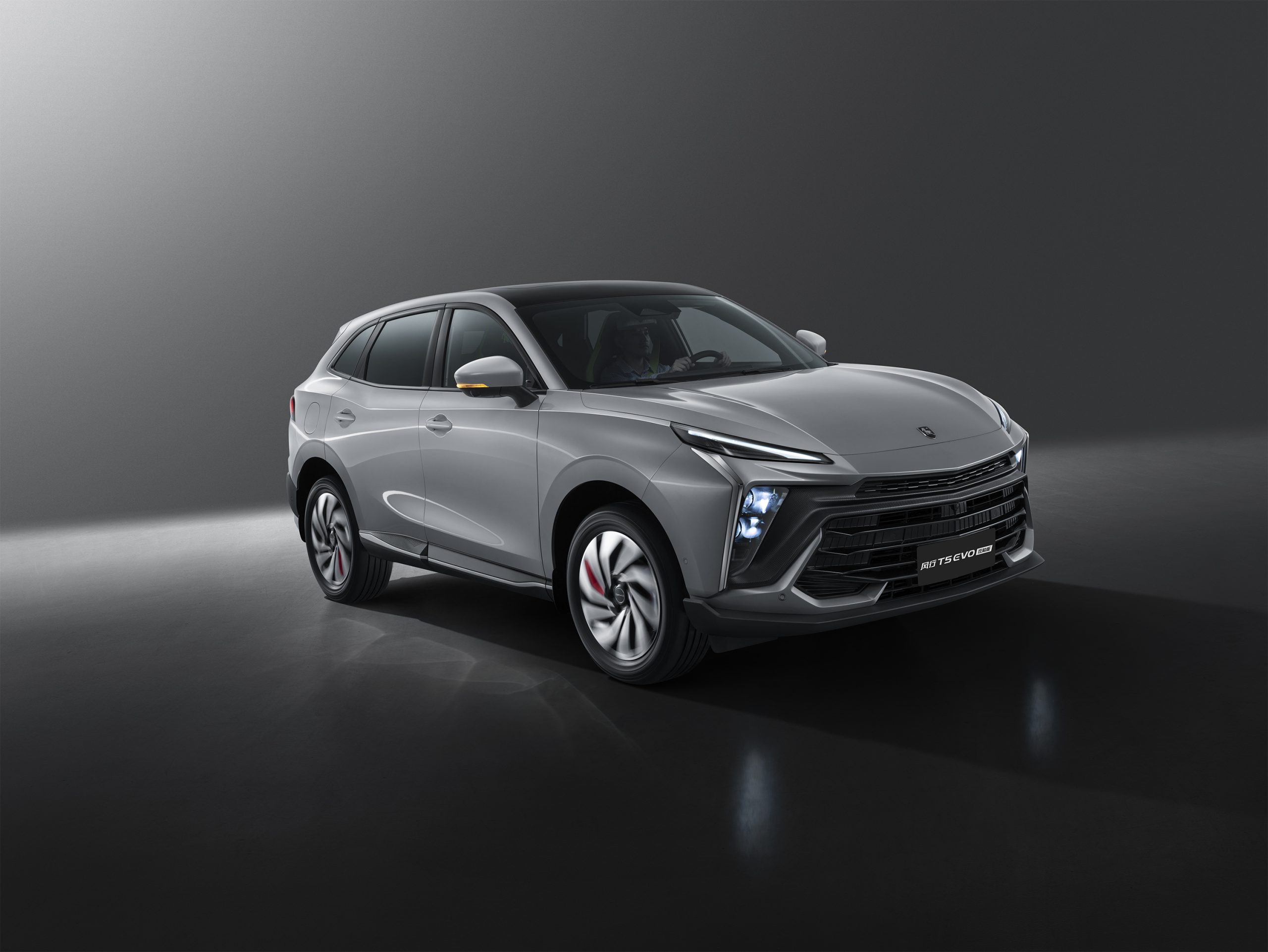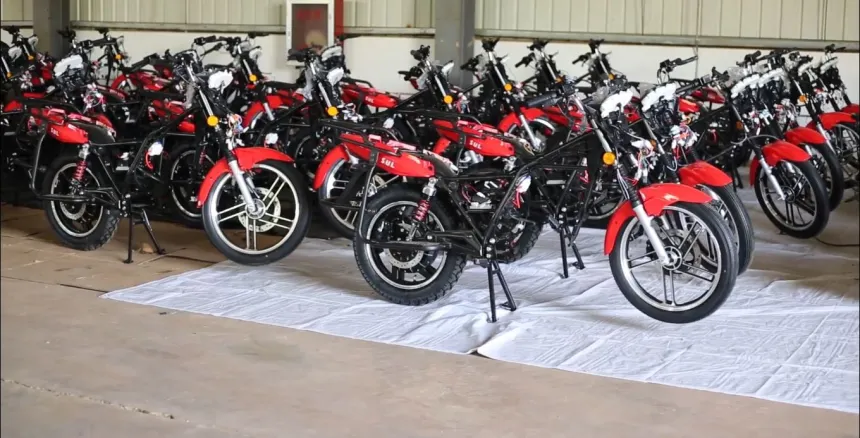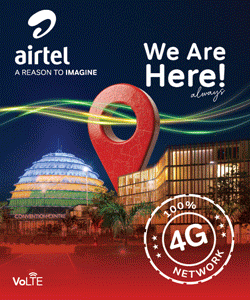The automotive market in Rwanda is currently facing several significant challenges with the introduction of hybrid and electric vehicles (EVs). This analysis explores the difficulties encountered by the 2023 Forthing Hybrid SUV and Dongfeng’s EV models, shedding light on the obstacles they face and comparing them with other available options.
The 2023 Forthing Hybrid SUV, for example, has been noted for its reliability issues, with users reporting frequent mechanical problems and electronic malfunctions. These concerns undermine the vehicle’s claims of hybrid efficiency and result in costly repairs and service center visits.
Additionally, the SUV’s fuel economy often falls short of advertised figures, leading to further dissatisfaction.
Complaints about interior quality, including subpar materials, poor fit and finish, and problems with the infotainment system and smartphone connectivity, further detract from the overall user experience. High maintenance costs also contribute to owner frustration and diminish the vehicle’s value.
Dongfeng’s EV models, including the T5 HEV, face significant hurdles in the Rwandan market. Priced between Rwf 38 million and Rwf 100 million, these vehicles are considerably more expensive than traditional gasoline- and diesel-powered options. This high cost presents a substantial financial barrier, especially given the limited purchasing power in Rwanda.
Compounding this issue is the limited and unreliable charging infrastructure, which affects the practicality of owning an EV.
Dongfeng’s efforts to establish itself in Rwanda have led to a perception of the country as a “guinea pig” for new automotive technologies. This is partly due to Dongfeng’s limited market presence and reputation. Users have reported several issues with Dongfeng’s EV models, including difficulties with spare parts availability, customer care, and overall vehicle performance. These issues highlight the brand’s struggle to become a viable option in Rwanda.
Notably, The lack of attractive financing options makes Dongfeng’s vehicles less accessible to potential car owners.

Used South Korean EVs, for instance, provide competitive performance and affordability. For price-sensitive consumers, the option of purchasing used EVs and hybrids priced up to Rwf 5 to 7 million offers a more attractive alternative compared to new models from Dongfeng.
While EVs like the Dongfeng T5 HEV can be suitable for long-distance travel, they require reliable charging infrastructure and careful model selection. In areas with inadequate charging options, conventional petrol, diesel, or hybrid vehicles may be more practical.
European brands, while present in the global market, are not yet popular in Rwanda due to their high cost, which places them beyond the reach of many consumers. Chinese brands, including Dongfeng, also face challenges related to their high prices relative to the country’s purchasing power, making it difficult for them to gain market traction.
Dongfeng’s limited presence and brand recognition in Rwanda add to its challenges. Consumers often favor established brands with proven track records, which hampers Dongfeng’s ability to quickly gain market acceptance. Negative user experiences, including issues with spare parts and customer care, further complicate the brand’s market positioning.
Despite these challenges, advancements in EV technology and improvements in charging infrastructure are expected to enhance the practicality and appeal of electric vehicles over time. Future regulations may also encourage greater adoption of EVs, making them more viable for consumers.
In contrast, BYD has emerged as a more prominent and preferred choice in the hybrid and electric vehicle market, known for its reliability and efficiency. However, BYD still needs to build more traction in certain markets to fully leverage its competitive advantages.
Overall, the 2023 Forthing Hybrid SUV and Dongfeng’s EV models face substantial challenges in Rwanda, including high pricing, reliability issues, and limited infrastructure, but their design are very attractive from the face value.
For now, consumers may find better value in used EVs and hybrids or conventional vehicles, depending on their specific needs and circumstances.
As technology advances and regulations evolve, the landscape for electric and hybrid vehicles is expected to change, potentially making them more accessible and practical in the future.



















